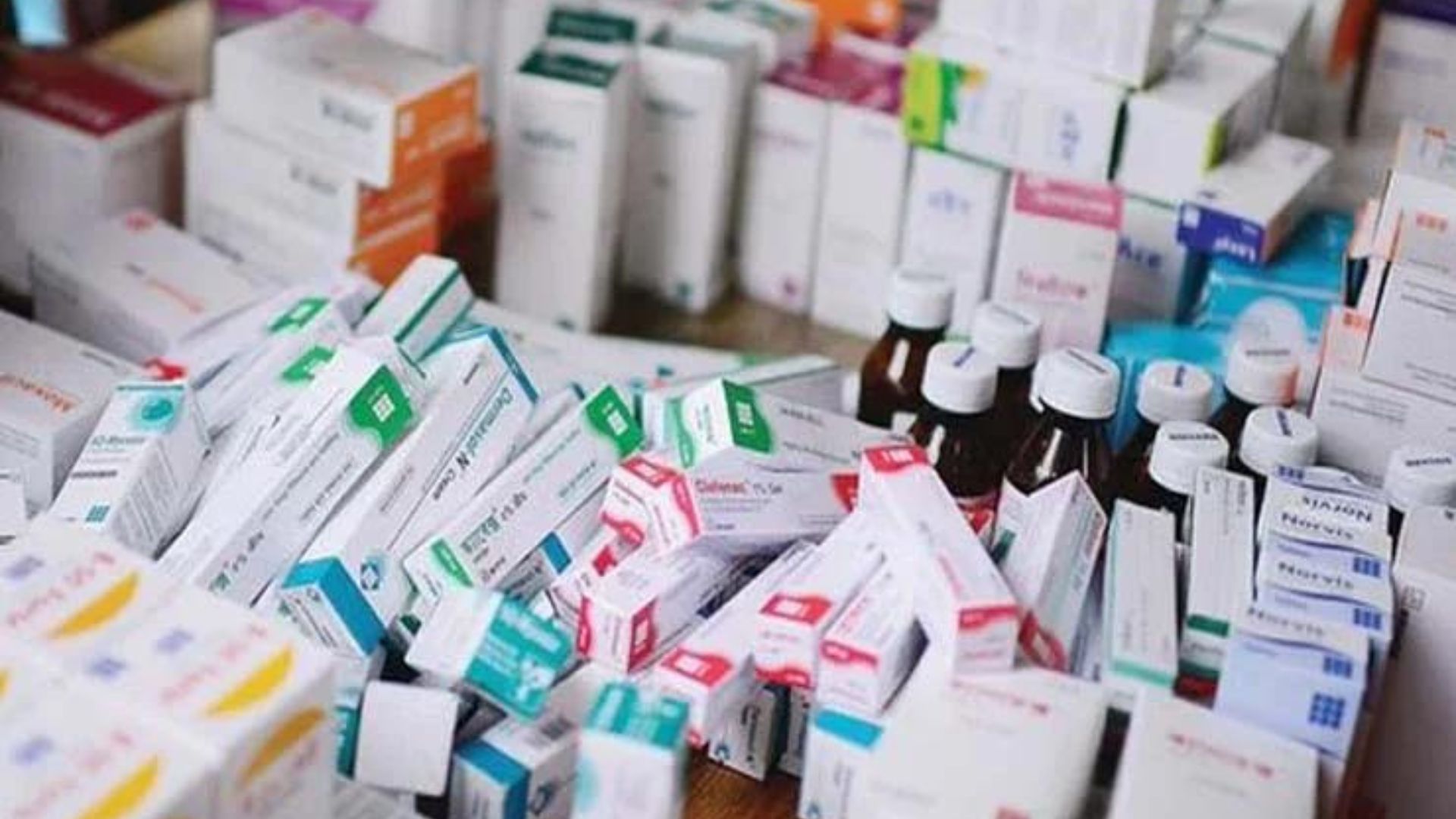


The lack of access of healthcare in Pakistan highlights the urgent need for comprehensive reforms to ensure healthcare accessibility and affordability for all segments of society.
Without swift action, the gap between healthcare needs and available services will widen, perpetuating inequality and suffering among the most vulnerable.
Reported by The News International, the dire state of Pakistan’s healthcare system is exemplified by the story of Muhammad Boota, a Lahore-based domestic worker who struggles to afford insulin, a vital medication costing 40% of his income every 10 days. This plight mirrors that of millions across the nation who rely on sporadic charitable donations for life-saving treatments. According to Sehat Kahani, a Pakistani NGO, over 50% of Pakistanis lack access to basic primary healthcare services, while 42% have no health coverage.
The situation may further deteriorate following a government decision in February to raise prices on 146 essential medications, pushing them even further beyond the reach of lower-income citizens. Such developments underscore the urgent need for comprehensive healthcare reforms to ensure equitable access and affordability for all. Without swift action, the already gaping disparities in healthcare provision will only widen, perpetuating inequality and exacerbating the suffering of the most vulnerable segments of society.
The critical state of Pakistan’s healthcare infrastructure is primarily attributed to a severe lack of government funding. Statistics from 2021 reveal that the Pakistani government allocates a mere 0.84% of its GDP to healthcare, a decrease from 0.94% in 2019 and significantly lower than the average of 2.62% among other lower-middle-income nations.
According to The News International, Pakistan ranks 176 out of 189 countries in terms of government healthcare expenditure relative to its economic size, indicating a lack of prioritization of healthcare funding. Furthermore, a human rights organization in Pakistan has advocated for the constitutional recognition of the Right to Health through its campaign titled ‘The Right to Health: A People’s Manifesto’, emphasizing the urgent need for policy reform to address systemic deficiencies in healthcare provision.